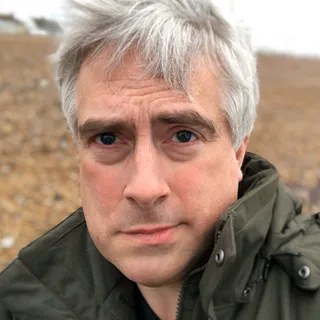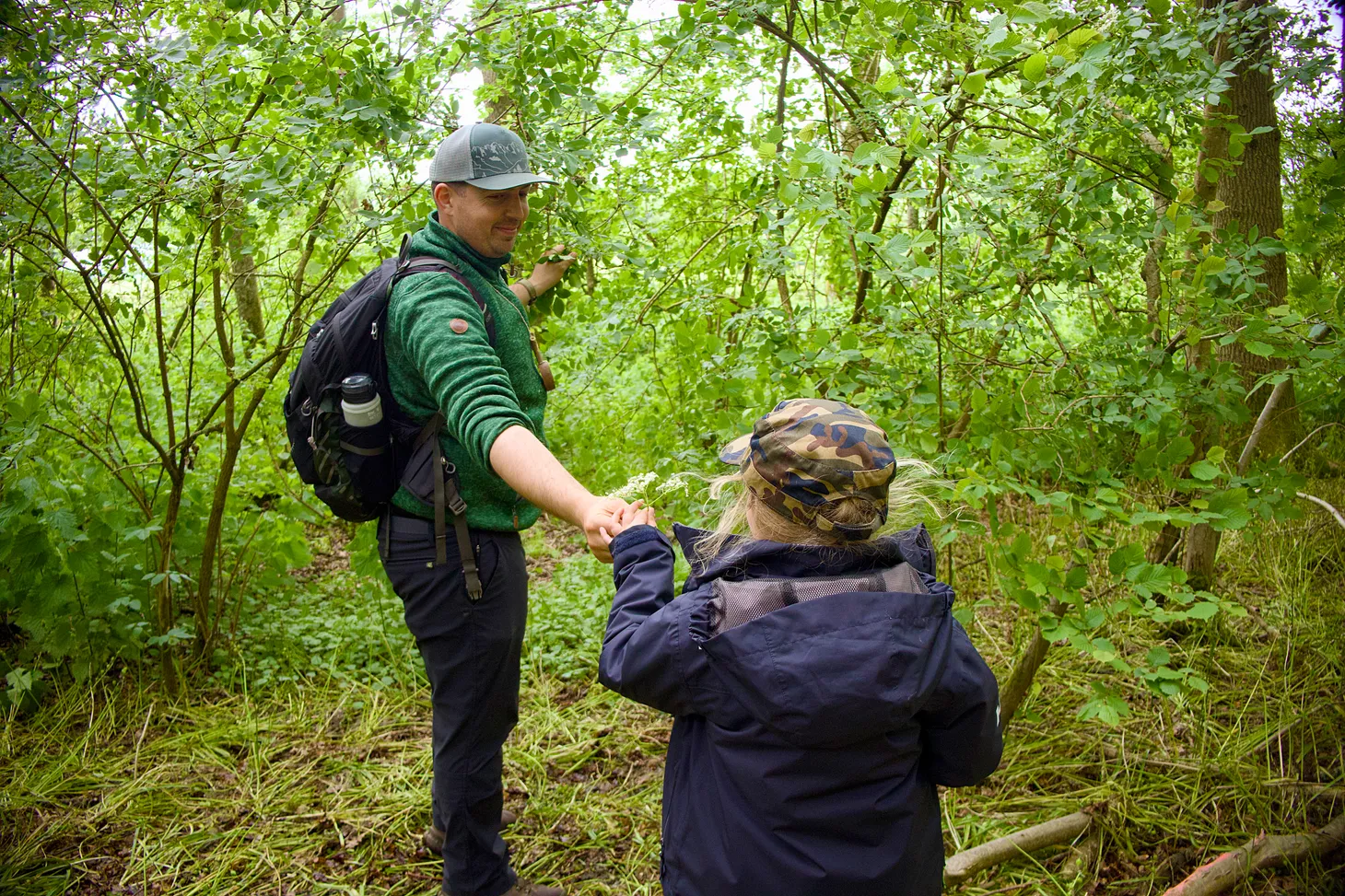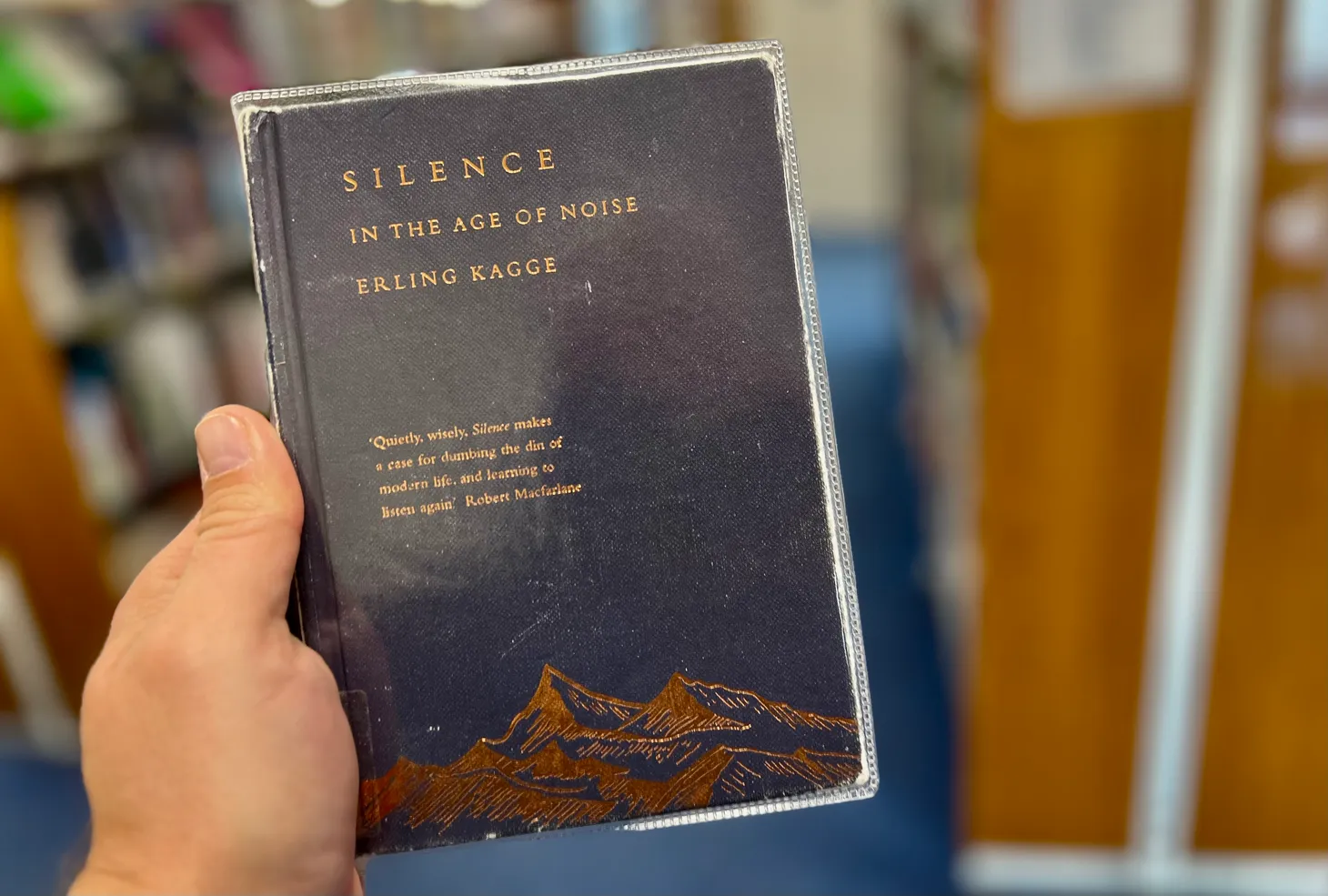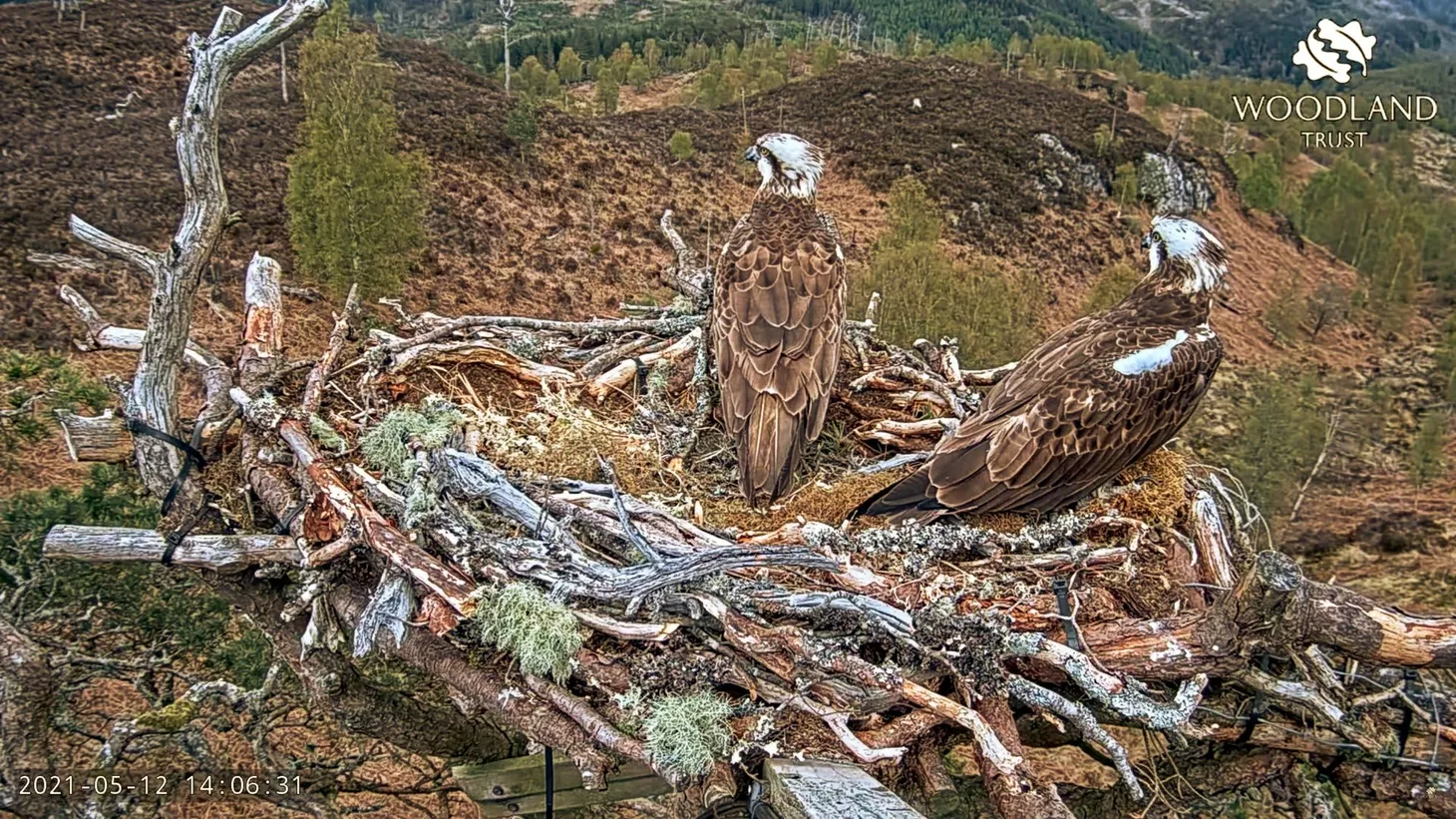Review: Return of the Osprey by David Gassner
It’s an older book, but the perfect antidote for those suffering empty nest syndrome.
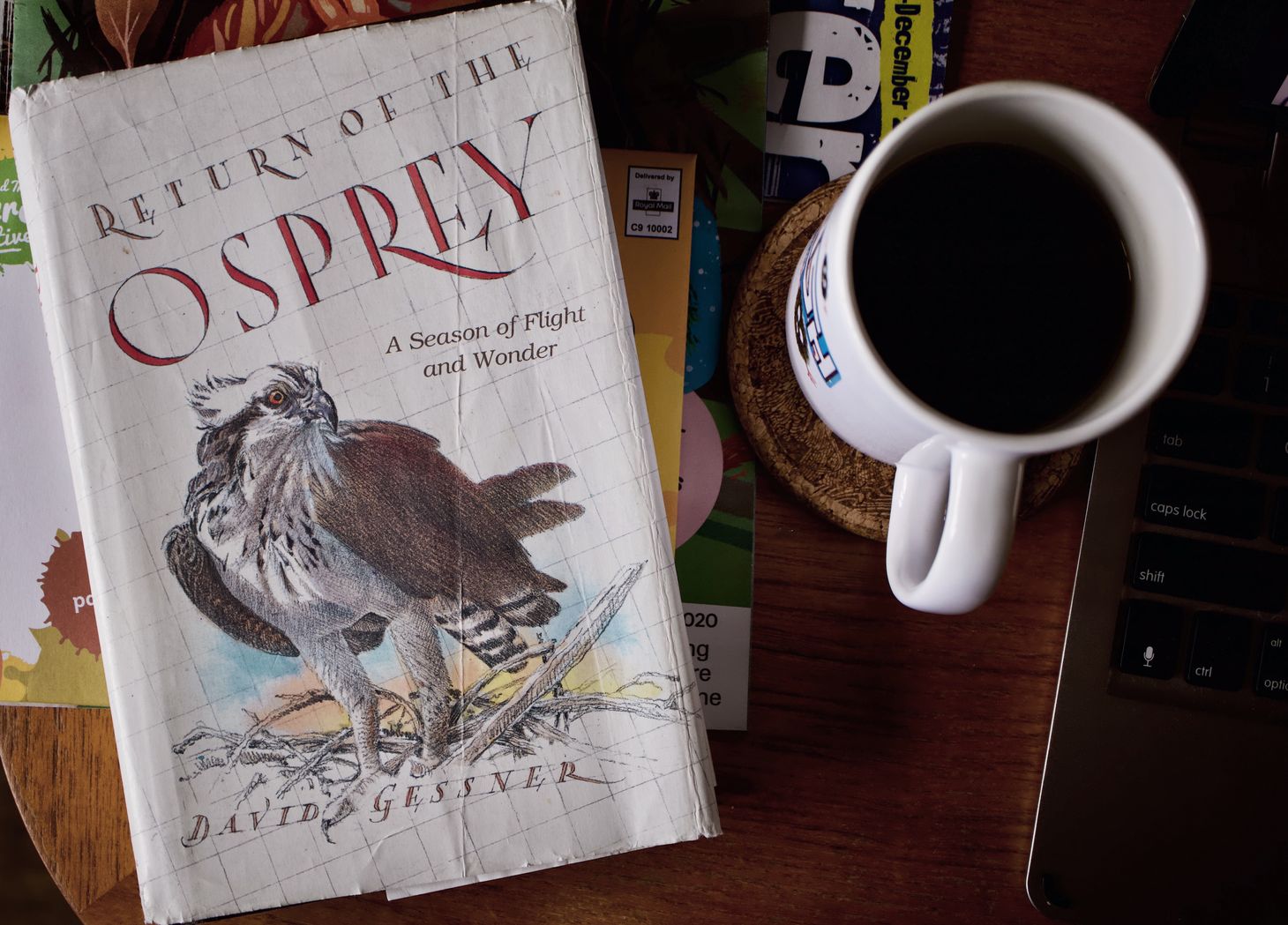
Last year, after the ospreys set off on their migration, I assuaged my empty nest syndrome by diving into a book. Return of the Osprey: a Season of Flight and Wonder sat by my bed, and over the next couple of months I worked my way through it on the (few) nights where I wasn’t so tired that I headed straight off to sleep.
I’d come across it because the author, David Gessner had been popped up in an osprey group on Facebook, looking for a publisher to put out a new edition of the book. I don’t know if he found one, but I hope so. This is book that is absolutely perfect for this moment in our lives.
It’s not just a book about ospreys, you see. It’s a book about a man trying to become rooted in a particular place. Throughout the pandemic, I’m found my mind wandering back to this book, simply because many of us have been forced into the same situation he chose: locked into a particular spot. We can rail against the lockdowns and the travel restrictions, or we can embrace them, and choose to live a different way. I’m lucky enough to live in a beautiful part of coastal Sussex, and I’ve teen a deep and fundamental delight in really watching the seasons shift, now I’m not constantly travelling for work.
Living a rooted life
David Gessner does exactly that with the family home in Cape Cod. He and his wife settle into a life by the sea, and while his extended family drift in and out of the book, the axis around which his life turns during the year depicted, two decades back now, are the ospreys. He identifies three osprey nests in the area, and spends a chunk of his time visiting each nest in turn, watching as the osprey pairs raise (or fail to raise) their young.
It's a challenging psychological journey for him. He has to learn stillness, and patience. In the early stages of the book he finds it hard to keep focus and concentrate for long periods on the nest. But as the year moves on, he develops the skill of just watching. He starts to find his place in his neighbourhood, and not just the human element of it, either.
This is very much a book about man’s relationship with nature. He springboards his storytelling off the back of the seminal work Silent Spring, retelling how humanity’s enthusiasm for pesticides led to the collapse in osprey numbers. Why? The high concentrations of DDT in the food chain led to weakened eggs — which cracked when brooded.
A human assault on nature
Those mistakes are gently contrasted with the steady assault on the wild Gessner witnesses as he walks the area around his home. One neighbour strips back the wilderness to create a new, bland mansion and a tamed, monocultural garden around it, and Gessner mourns the loss.
That’s not to say that this is a bleak book: it’s not. He finds deep joy in watching the ospreys, and learning about them as he goes. This is an era before live-streamed nests, remember. While there were books out there, they weren’t plentiful, and Gessner ends up making a couple of pilgrimages to consult an osprey expert.
What he discovers won’t be a surprise to anyone who has watched even a single season on a live-streamed nest (although US ospreys seem to have a much greater tolerance for human neighbours, and a greater tendency to fill their nests with plastic junk). Watching his understanding grow and blossom through the spring and summer is an engrossing experience. It took months to read this book simply because I wanted it to play out slowly, perhaps not quite in real time, but certainly not in the few days I can devour a book in when I put my mind to it.
The path between hope and despair
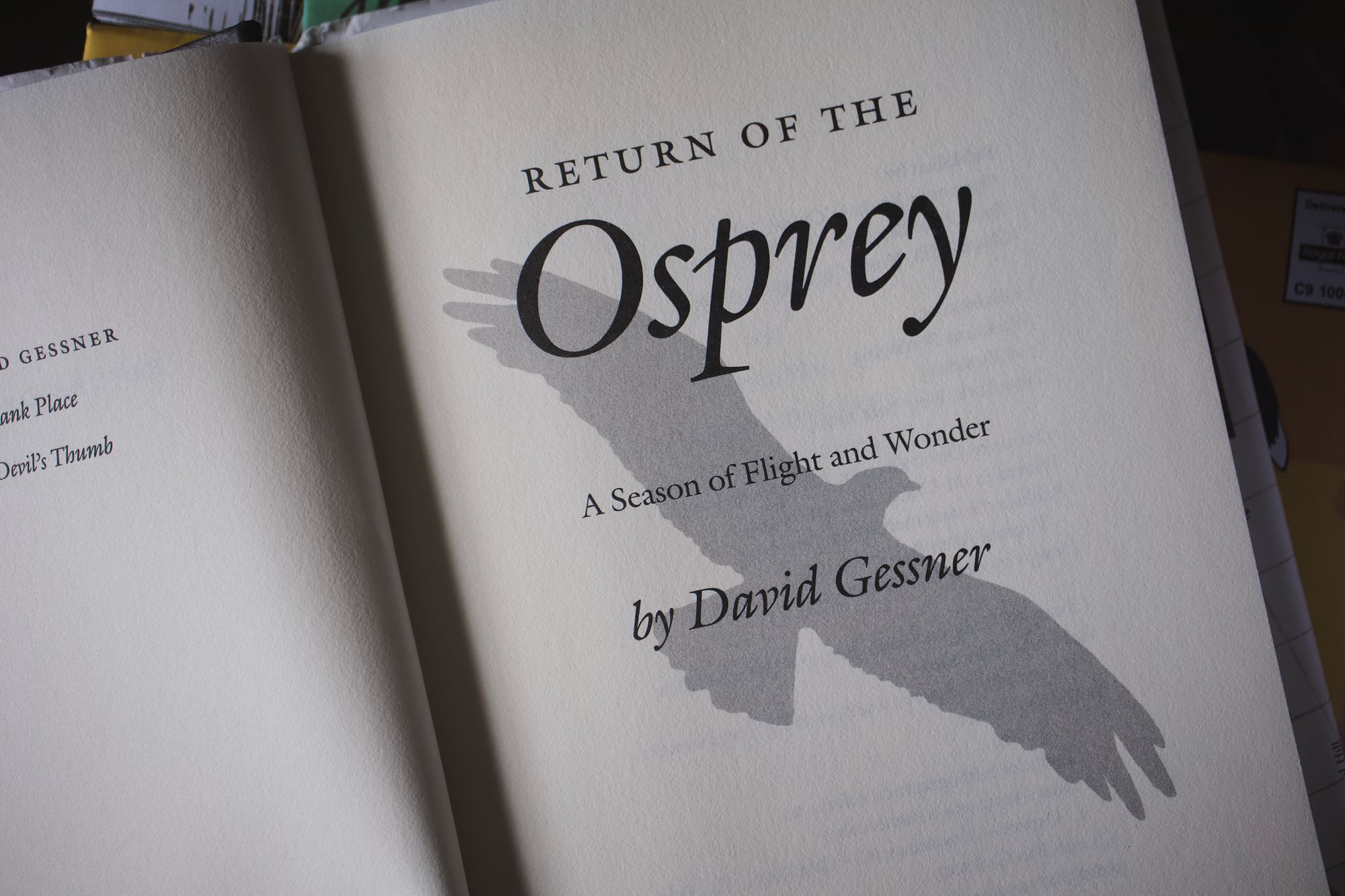
The book walks a careful line, keeping an eye on both the past and the future, but rooted very much in the moment. It’s a book about a single spring and summer in a single place, but with an awareness of all that is needed to protect that experience — and how fragile it can be.
It doesn’t come to any pat conclusions, either. While the message is cautiously hopeful, Gessner himself admits he has a complicated relationship with hope:
Hope can’t be falsified. The things we look to for hope had better be as solid, or more solid, than the things that bring us despair. Scott Russell Sanders recently wrote a book called Hunting for Hope. His litany of reasons to be hopeful included wildness, craft, family, art, and beauty. To that list I would add “ospreys”.
As I write this, many people are experiencing the mix of hope and despair that watching these birds bring: the joy when a migrant is spotted safely in its wintering grounds, or the despair when evidence emerges that one didn’t make it.
Nature can be cruel, but it can also be beautiful, and is our home. And this book is a glorious reminder of that.
Return of the Osprey isn’t available as an eBook currently, but you can pick up secondhand copies via Amazon, AbeBooks or other secondhand book retailers.
Walking With Daddy Newsletter
Join the newsletter to receive the latest updates in your inbox.
